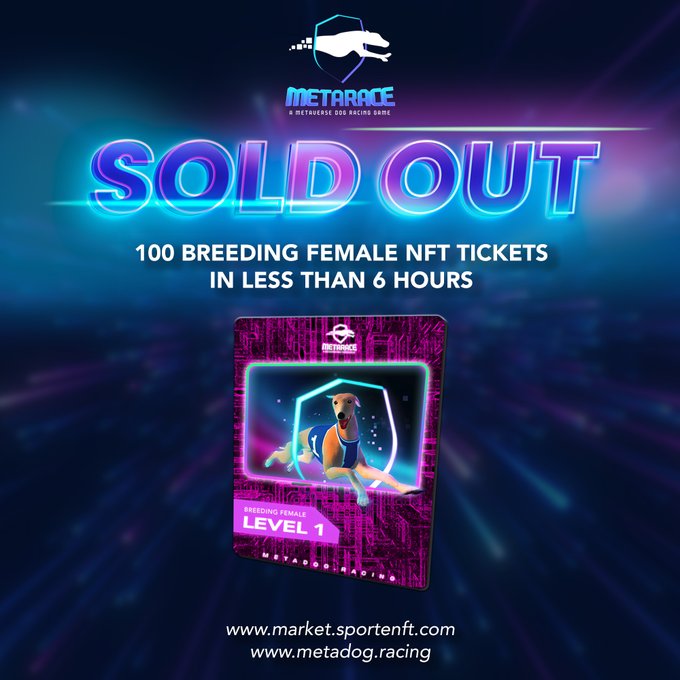Non-fungible tokens have proven to be a force to reckon with in the digital space. It has fascinated a lot of NFT enthusiasts and non-NFT enthusiasts with unique artworks, videos, and other amazing collectibles.
Digital artists can now easily sell their artworks through the NFT technology, safeguard their ownership, and get handsomely paid for them.
But even with the massive success of this space, there are also some issues prevalent in the NFT space among them is the issue of authenticity and authorship.
There are a lot of copycat NFTs flooding the marketplace, deceiving people into buying worthless NFTs, but there are still ways for you to verify the authenticity of an NFT. They include the following;
1. Certificate of authenticity
Generally, you can verify an NFT collectible from the issued digital certificate of authenticity which is similar to a hardcopy certificate, but the former is built on a blockchain.
The certificate of authenticity contains information like the name of the creator, serial number, date of creation, and other vital info.
This should normally help a collector track and verify a piece against counterfeits, but not all NFTs are built on the blockchain, and some who claim to have it built on it may be fake. So don’t limit yourself to just this method of verification.
2. Verify the metadata
This is done on the smart contract. What you should look out for on the smart contract are the unique hash, token name, symbol, and link to the collectible.
3. Verification services
You can verify ownership with a standard NFT service provider. They work with most legitimate NFTs creators, so if an NFT is a counterfeit they will detect it.
The downside is that they can’t tell whether an NFT collectible was stolen before it became an NFT. This can lead to copyright infringement charges in future
4. Google
Google is your friend, so before buying any NFT collectible or artworks use Google to verify that there are no other replicas or copycats of the artworks.
This is because NFTs are rare items and it will defect the whole purpose if copycats of them are being sold to other people
5. Social media background check
We are in a digital era which means most people display things about themselves online. To verify whether the NFT artist is a scam or not you can detect it from their social media page.
What do they post about and what are people saying about them? All these you can easily verify from their social media page if you look deeper
6. Check different NFT marketplace
This is to ensure that the artist you want to buy an NFT from is not selling the same artwork or collectibles on other platforms.
7. Verify the price from a legitimate NFT marketplace
This is because if the price of a piece seems too good to be true, most likely it is a scam, so verify it before buying a useless piece.
Conclusion
The NFT space is still maturing, so, understandably, there will be authenticity and authorship issues. We hope that in the nearest future a standard verification system for NFT is built.
But before then ensure you conduct thorough authenticity research with help of the above tips before collecting NFTs. If you have any tips on how to verify the authenticity of NFTs kindly share them in the comment section.









